
AeroGenie — Uw intelligente copiloot.
Trending
Categories
Army Reviews Supply Chain Risks to Ensure MV-75 Aircraft Delivery by 2027
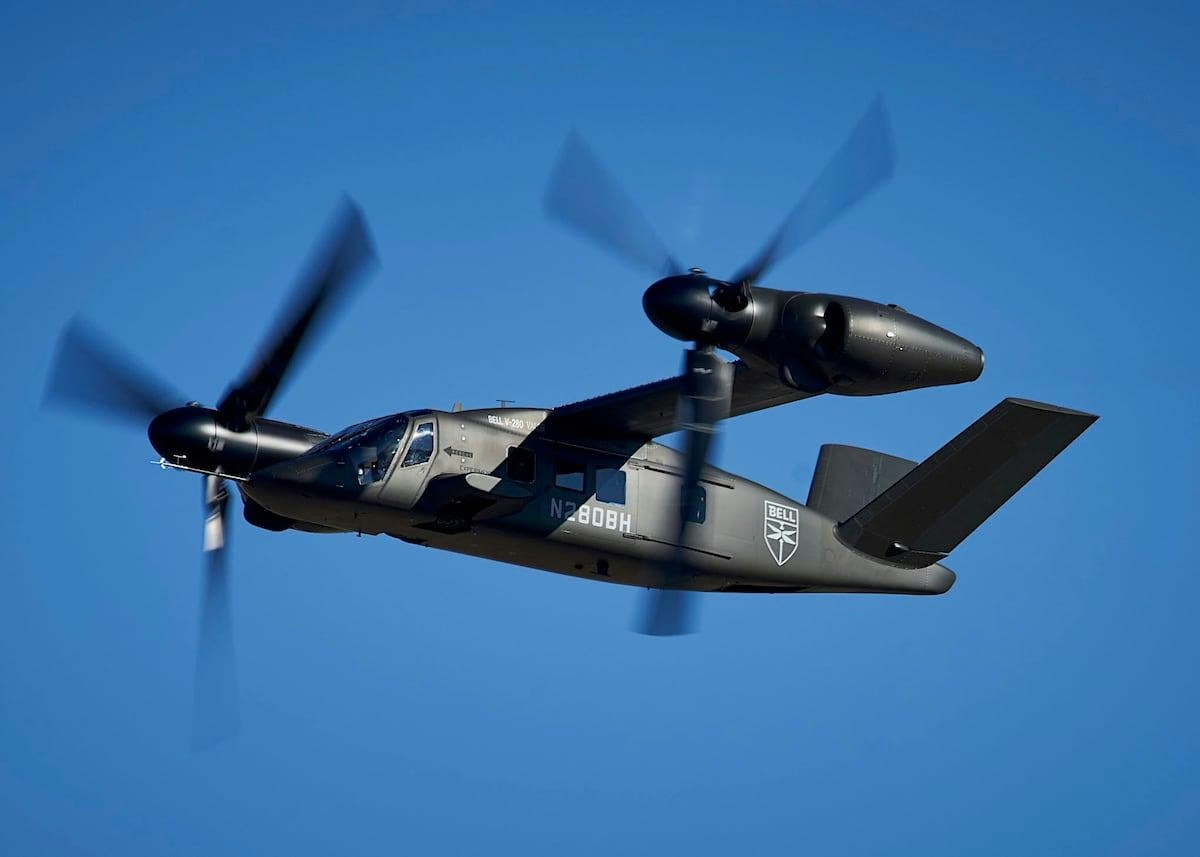
Army Reviews Supply Chain Risks to Ensure MV-75 Aircraft Delivery by 2027
The U.S. Army is intensifying its efforts to address supply chain vulnerabilities as it aims to deliver the prototype of its Future Long-Range Assault Aircraft, the MV-75, by fiscal year 2027. Brigadier General David Phillips, program executive officer for Army aviation, revealed that the Army has conducted a thorough assessment of its suppliers to ensure the ambitious timeline remains feasible. This comprehensive review spans a wide range of components, from landing gear to engine manufacturers, with Army officials actively engaging suppliers to verify their capacity to scale production.
Production Timeline and Supply Chain Challenges
Despite calls from senior Army leadership to accelerate the MV-75’s deployment, the service’s plan to commence production of the advanced tiltrotor in fiscal year 2028 remains unchanged. Textron’s Bell, which secured the contract in late 2022 over a Lockheed Martin Sikorsky-Boeing consortium, is spearheading the development. Brig. Gen. Phillips emphasized the critical importance of an energized and coordinated supply chain, noting that all parties must work collaboratively to meet the schedule. While the supply chain is demonstrating readiness to accelerate, it continues to represent the highest risk to the program’s timeline.
Accelerating a major procurement program inherently involves risks, but Army aviation leaders and Bell contend that advances in digital design, engineering, and a robust technology demonstration have mitigated many challenges. The program has benefited from over 200 hours of flight testing with the V-280 Valor tiltrotor, which has informed development and reduced uncertainties. Phillips stated, “We intend to deliver the prototype aircraft in FY27—earlier is better—and then in FY28, go into production. The goals are realistic; they don’t come without some risk.” The Army plans to complete the critical design review in 2026, after which hardware production will intensify. Bell has already begun manufacturing numerous components and has chosen to produce the aircraft’s fuselage in-house at its Wichita, Kansas facility.
Training and Requirements Integrity
Training infrastructure is progressing alongside production efforts. The U.S. Marine Corps recently delivered an MV-22 tiltrotor to Fort Rucker, Alabama, where Army aviators are training on simulators and conducting joint flights with Marine crews. Major General Clair Gill, commander of the Army Aviation Center of Excellence, highlighted this collaborative training approach as a key element in preparing pilots for the MV-75.
Despite the accelerated timeline, Army officials stress that no requirements have been compromised. Brigadier General Cain Baker, who oversees the service’s future vertical lift initiatives, affirmed that the program is not trading any capabilities for speed. Critical priorities such as the right to repair, modular open system architecture, speed, range, and sustainability remain firmly in place. Bell has committed fully to meeting these stringent requirements.
Market Dynamics and Strategic Implications
The Army’s focus on maintaining rigorous standards comes amid a shifting military aviation landscape influenced by the MV-75 program. Ongoing negotiations between Sikorsky and the Army regarding Black Hawk helicopters, alongside Boeing’s recent entry into the large vertical takeoff and landing unmanned aerial system (VTOL UAS) market with its CxR concept, underscore increasing competition. These developments are likely to impact supply chain strategies and the Army’s evolving approach to command and control systems, which now prioritize rapid iteration and adaptability.
As the Army advances toward delivering the MV-75 on schedule, the interplay between supply chain readiness, technological innovation, and market competition will remain pivotal to the program’s ultimate success.

Increase in Private Flights Across Greece
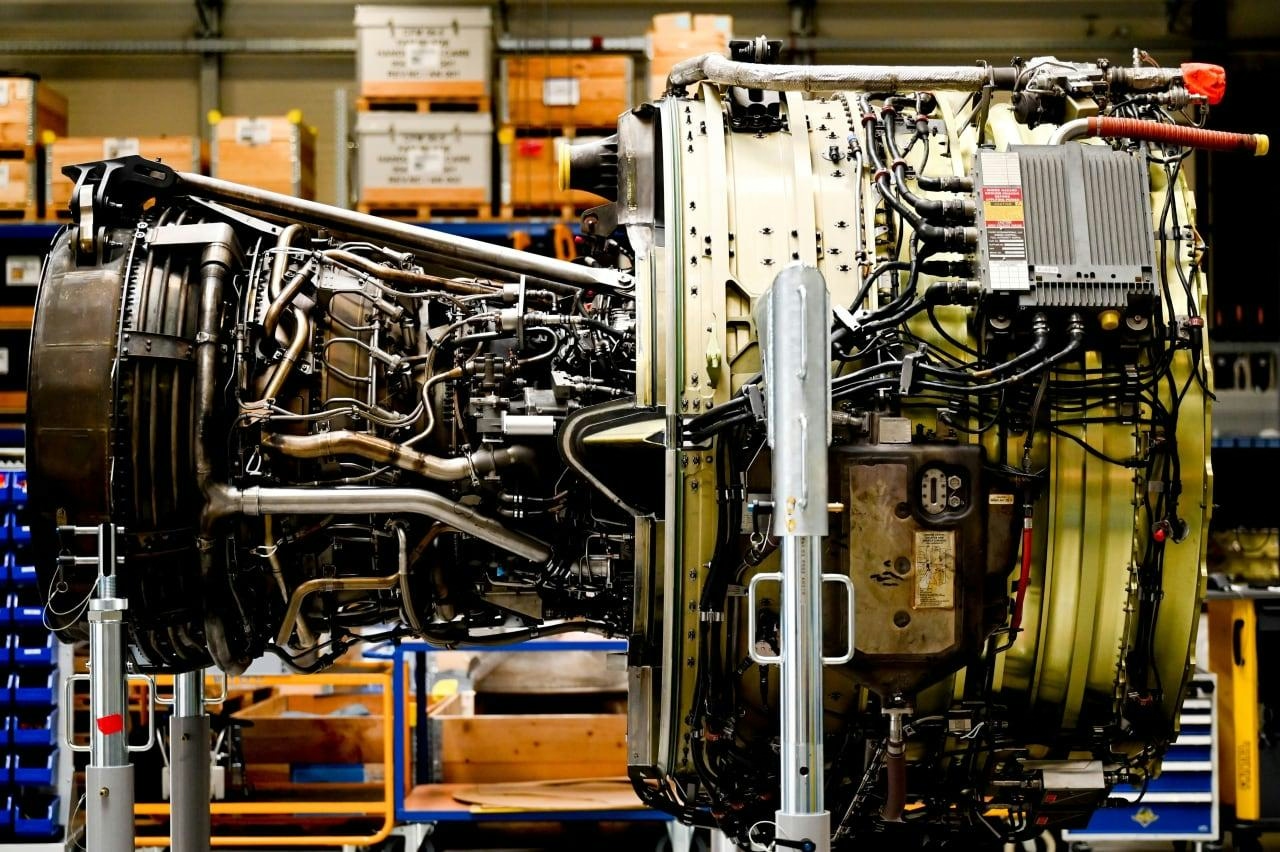
FTAI Aviation Signs Multi-Year Engine Exchange Agreement with Finnair
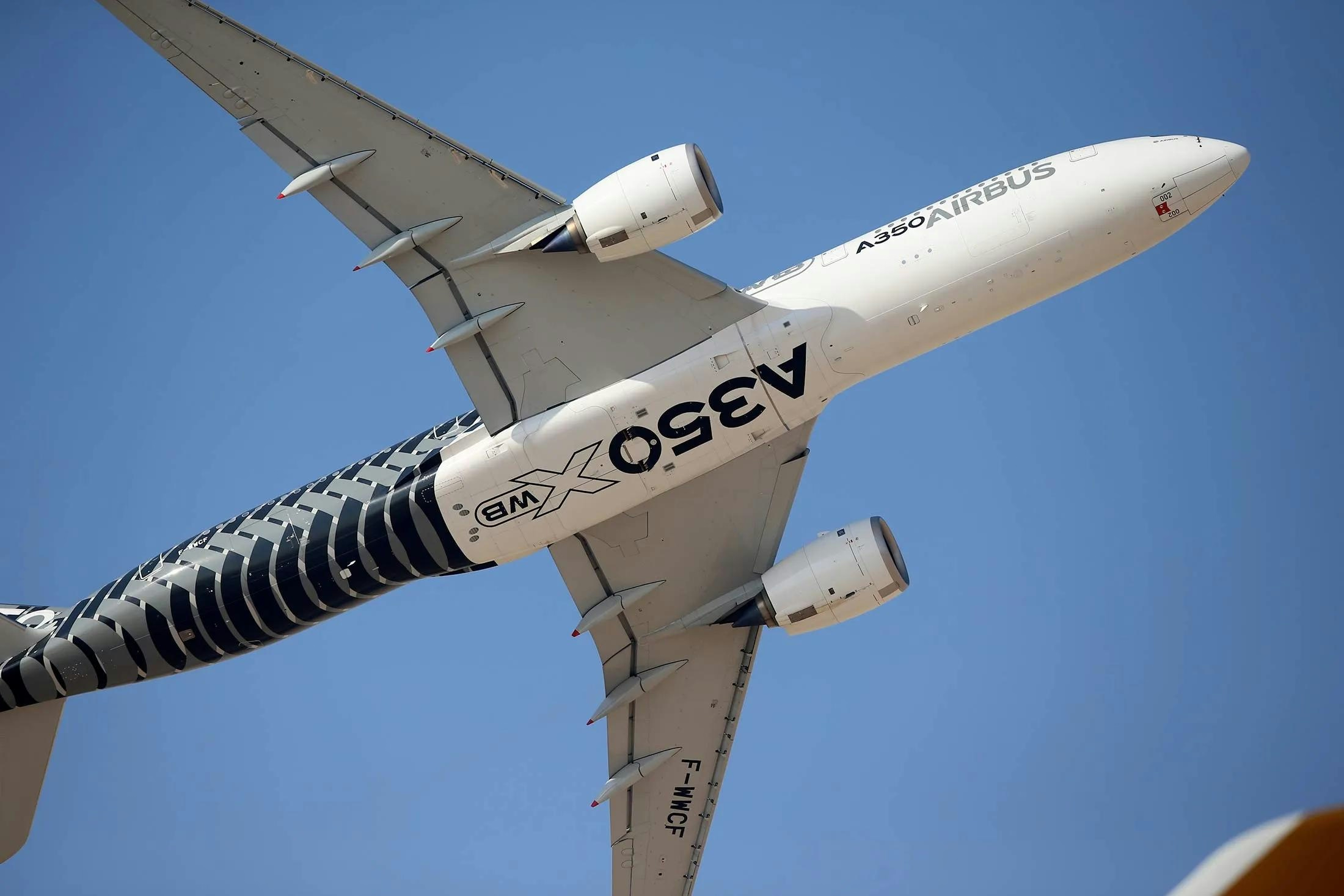
United Airlines and the Airbus A350: What Went Wrong?
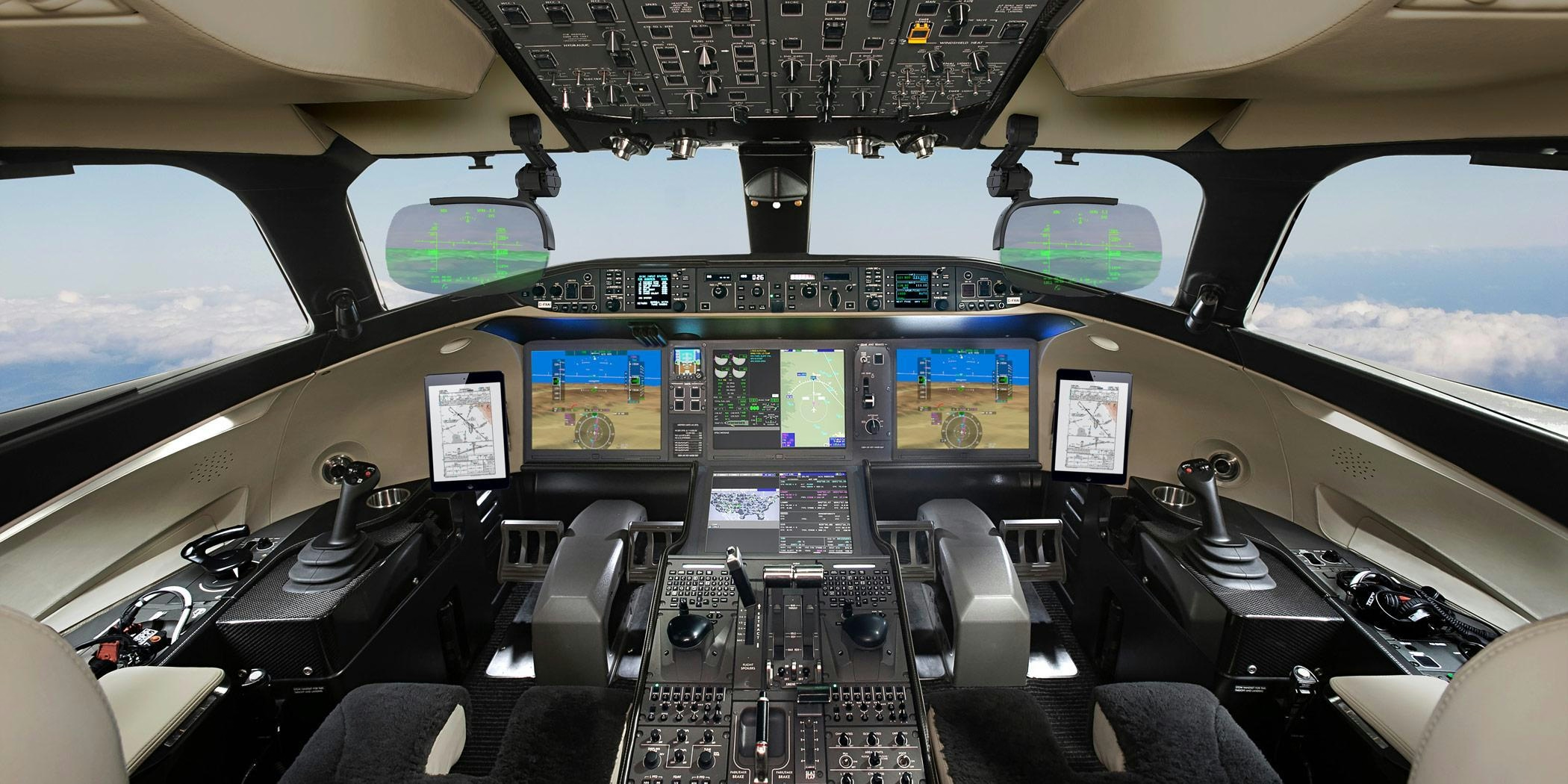
Bombardier Confirms Comlux as Global 8000 Customer with 2026 Delivery
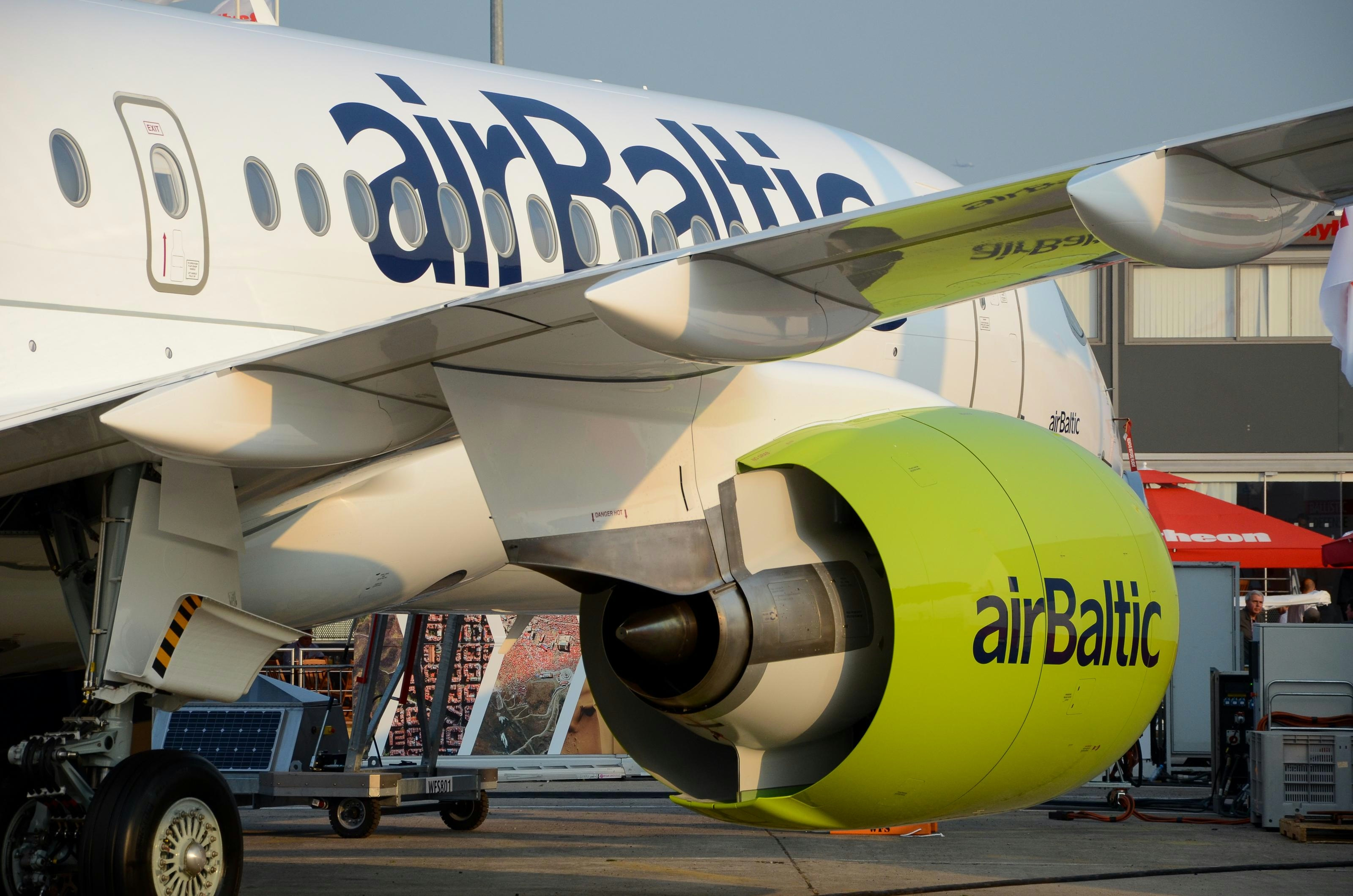
Why Airbus Is Developing a New Version of the A220
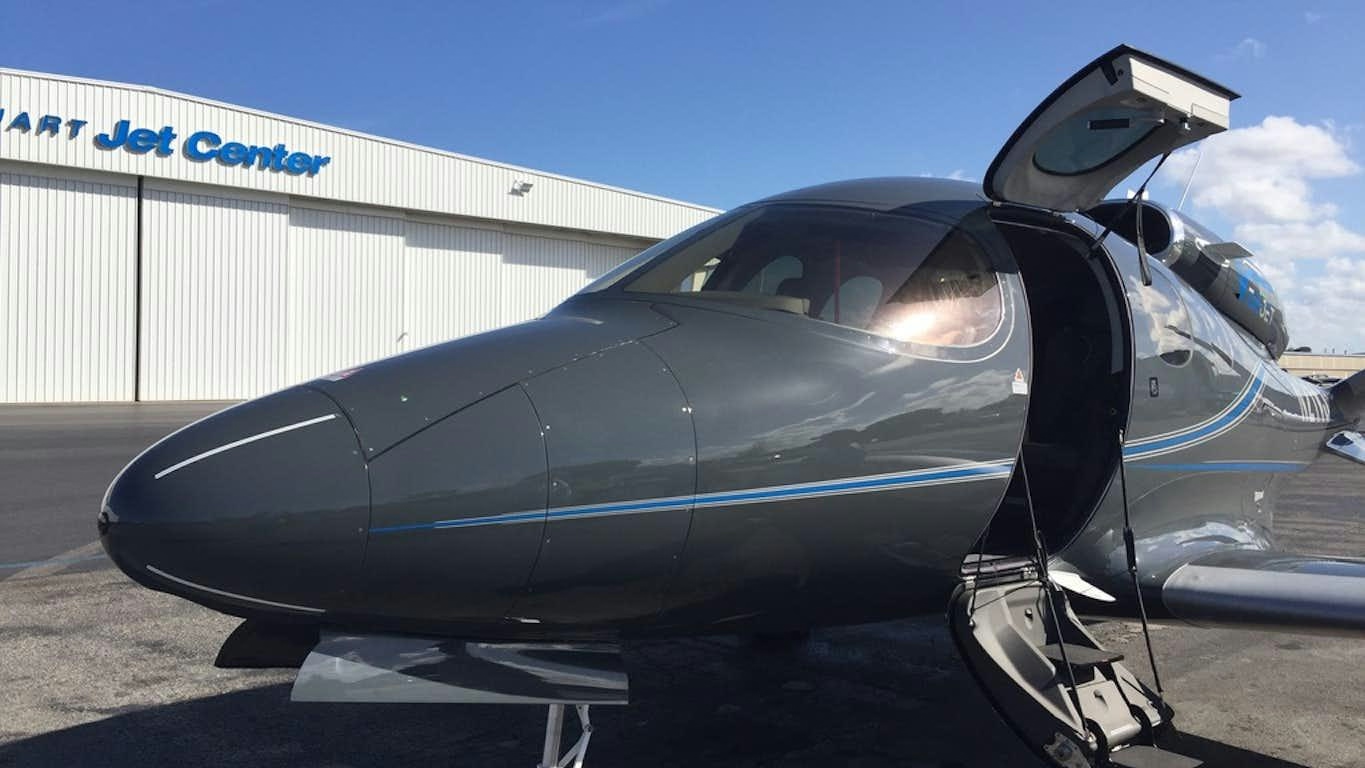
Verijet Receiver Files for Chapter 7 Bankruptcy in the U.S.

Virgin Atlantic Names Corneel Koster as CEO, Succeeding Shai Weiss
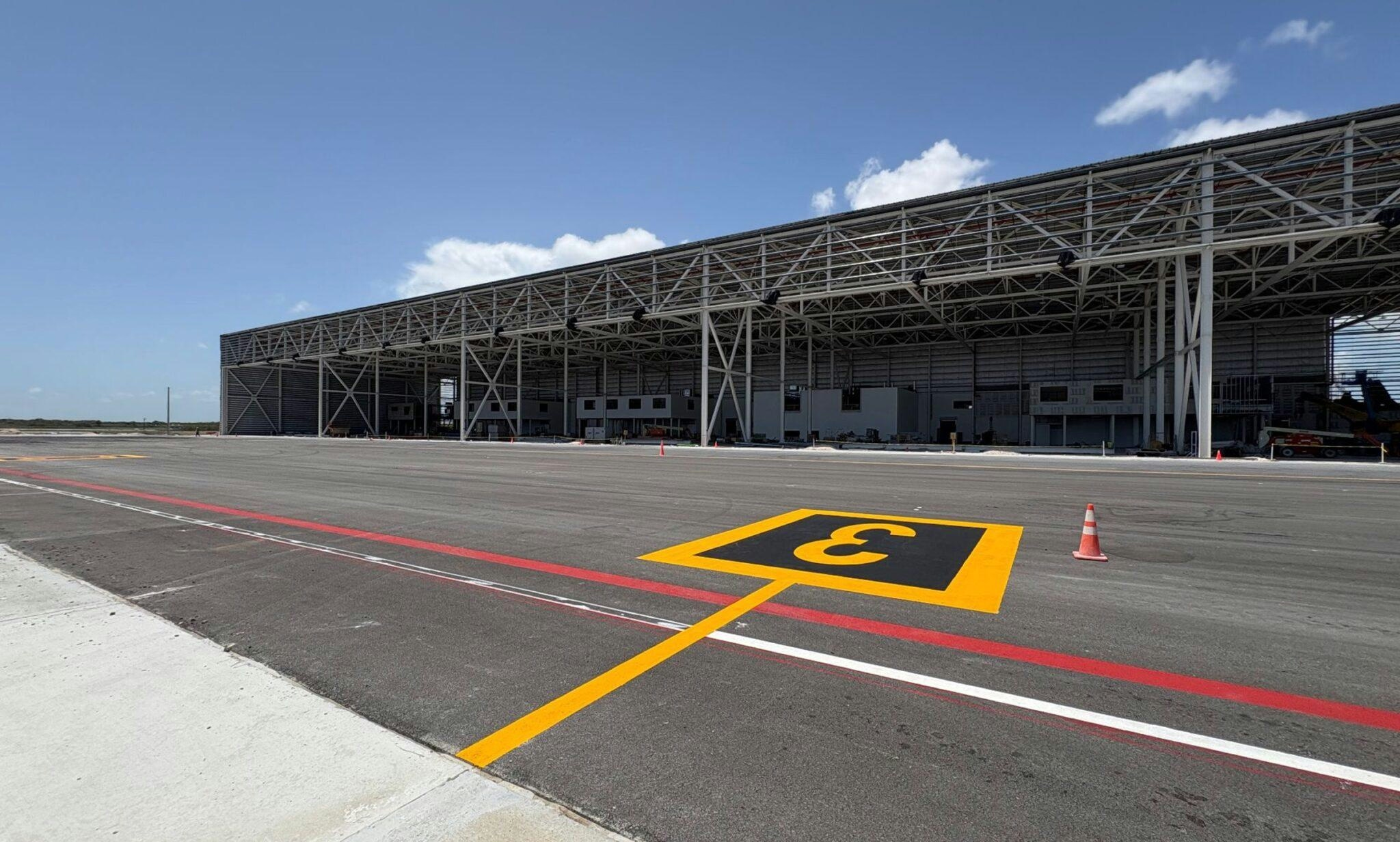
FL Technics Highlights Agility Advantage of Independent MROs

AFI KLM E&M Signs Engine Maintenance Deal with Shenzhen and Kunming Airlines
